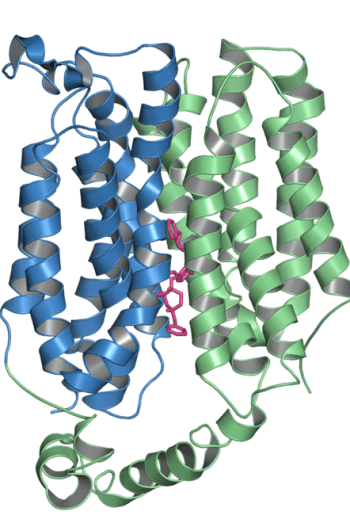Structure/function of facilitative glucose transporters

A long-term objective of our laboratory is to understand the molecular mechanisms of facilitative glucose transport. Using a novel mammalian cell expression system developed by our laboratory, we are able to isolate milligram quantities of the insulin-responsive glucose transporter protein, GLUT4, for biochemical, functional and structural studies.
To facilitate detailed structural analyses, we have developed robust methodologies to incorporate purified GLUT4 into membrane vesicles of defined lipid composition. The dynamic movement of GLUT4 in the presence and absence of glucose or inhibitors is being investigated using state of the art biophysical techniques including single molecule fluorescent resonance transfer (smFRET) and nuclear magnetic resonance (NMR) spectroscopy.
Taken together, these studies are providing a detailed structural basis for our understanding of glucose transport. We anticipate that this will allow the development of novel glucose transporter-directed therapies to control glucose homeostasis in human disease.
Lipid effects on human glucose transporter activity
Membrane proteins are embedded in a lipid bilayer that covers a large percentage of their exposed surface. Membrane lipid composition changes in several disease states and varies markedly over different cellular compartments. This influences the activity of transmembrane proteins by direct interactions with specific lipids or through changes in the biophysical properties of the membrane (e.g. fluidity, permeability, curvature and lateral pressure). We are systematically examining the effects of physiologically relevant phospholipids and sterols on glucose transport in liposomes containing purified GLUT4.

Recently, we have discovered that anionic lipids are essential for GLUT4 activity. We have also characterized effects of several conical lipids on the kinetic behavior of this transporter. This has included effects on the the kcat of transport without changing the Km. Ongoing studies are investigating the molecular mechanisms for the effects of lipids on transporter activity including the role of cholesterol.